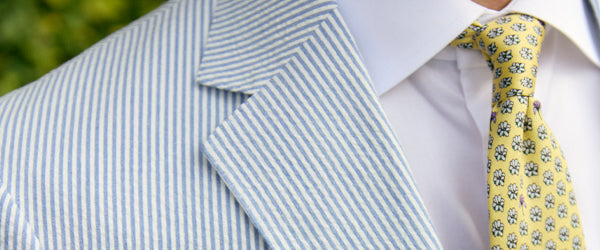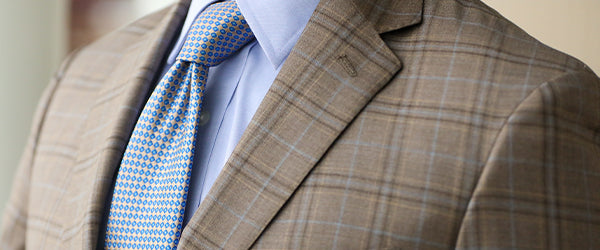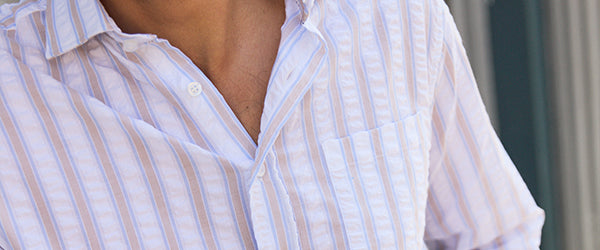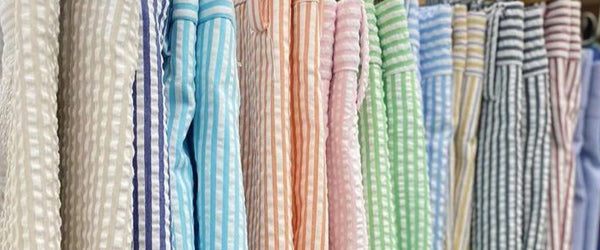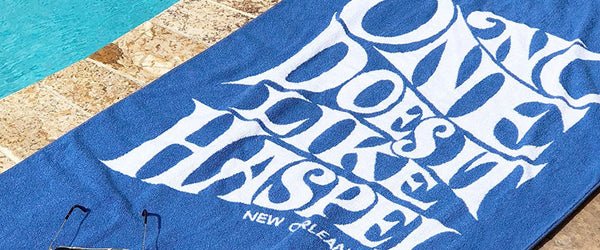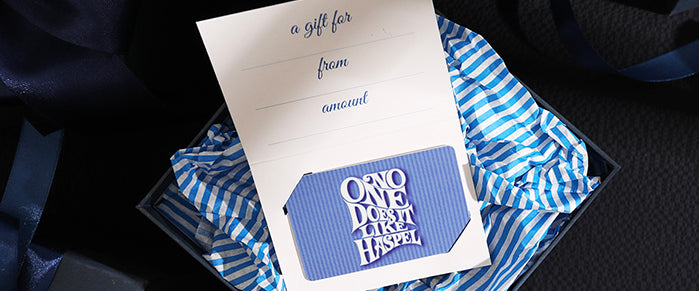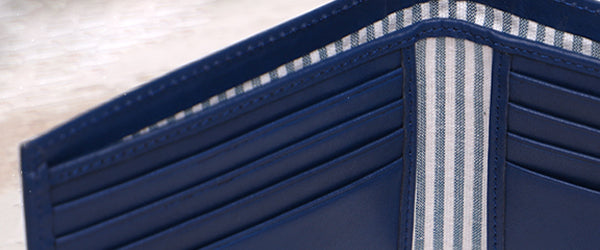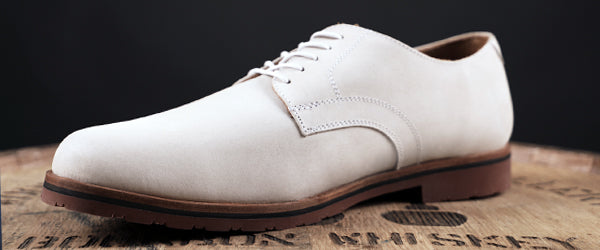The invention of the seersucker suit in 1909 was a sartorial innovation stemming from the need to make smarter clothing for the suffocating New Orleans summers. Who wants to wear a heavy wool suit in July? At least that's what its inventor, Joseph Haspel was thinking, who, as a clothier and tailor at the turn of the 20th century, was already using seersucker fabrics to make sturdy work clothes for farmers, factory workers---the working class. Because seersucker fabric is puckered and light, it lifts away from the skin slightly, which Haspel realized. He designed the suit in pinstripes and tailoring them in a way that made this smooth and bumpy fabric into a good quality, breathable - and dapper - suit.
That was 110 years ago. Since then, the seersucker suit has become synonymous with everything from southern gentile fashion to Ivy League college students in the north. Anyone from any walk of life could wear seersucker and look stylish. By the 1920s, companies like Brooks Brothers was carrying a line of seersucker suits, and even politicians like Harry Truman and celebrities like Gregory Peck gave the seersucker suit the kind of free publicity that all of today's influencers compounded could never achieve. By the 1960s, if you didn’t own, or had at least heard of, your own seersucker suit, you were probably living far off the grid.
All that changed in the second half of the 20th century. Synthetic fabrics were all the rage and the polyester leisure suit rose to prominence. Seersucker historian and author, Bill Haltom wrote that the prevailing wisdom of the closing years of the 20th century was there was no need to dress up anymore for either work or play. Washington Post writer, David Ignatius referred to these decades as "a permanent sartorial winter." Seersucker largely fell out of fashion.
Read Complete Article Here...

